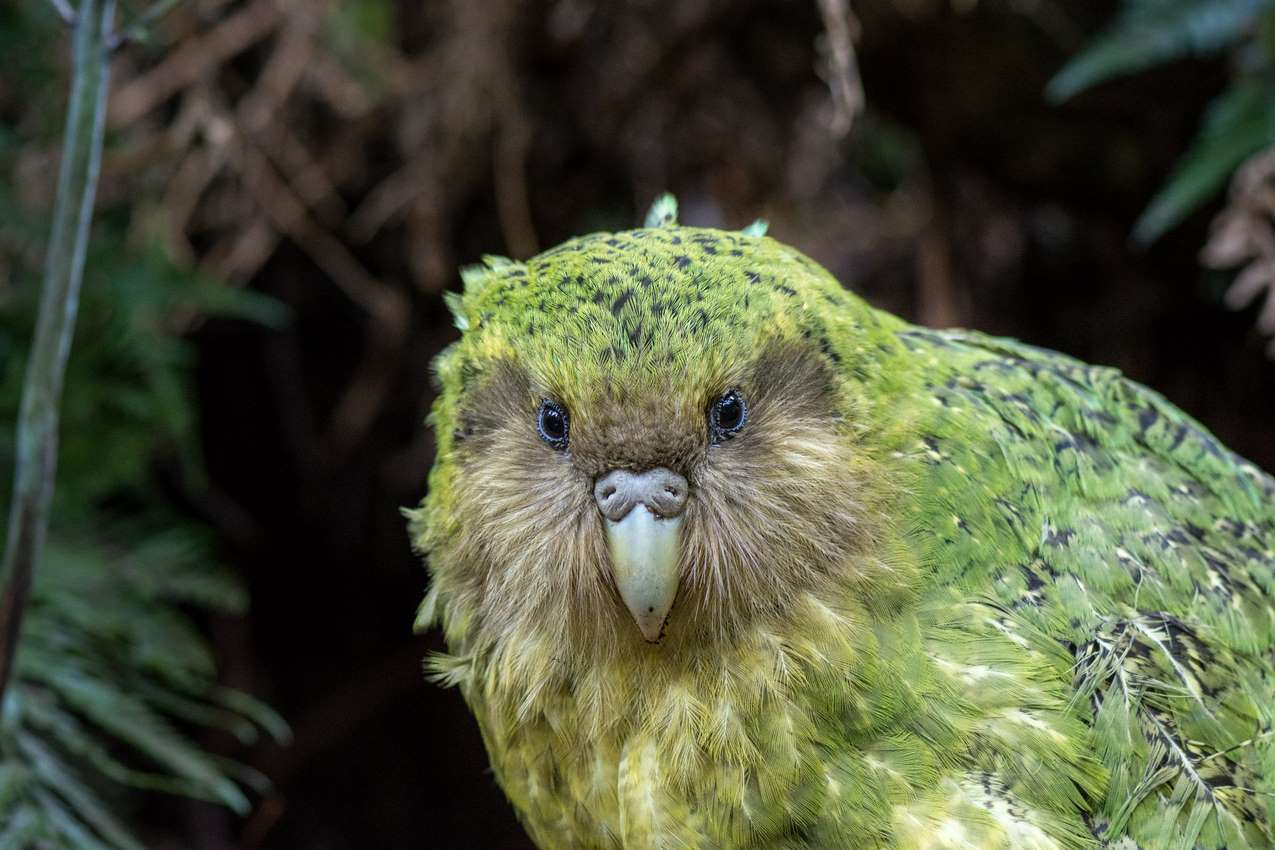Scientists Had Never Seen This Elusive Whale Alive-Until Now
While carcasses had been examined, living Sat's beaked whales had never been seen, but are now thought to travel to warmer climates sometimes

A conservation program that started in the 1970s for the New Zealand KÄkÄpÅ has increased the crazy parrot's numbers to the highest recorded since it began.
Following the second-most successful breeding season on record, the population has reached 216 birds after 55 chicks survived childhood to become juveniles.
Science adviser at the kÄkÄpÅ recovery program Dr. Andrew Digby, explains that they're doing everything they can to keep genetic lineages as diverse as possible, since over-fathering by dominant males can be a problem.
He explained to the New Zealand press that if a male was found to be fathering too many chicks, it would be relocated to another island.
The reason for the bird's dire plight came as so often did in Oceania by the introduction of animals like foxes, cats, stoats, and rats, which decimated the numbers of this ground-dwelling, flightless parrot.
As big as mailboxes, the "KAH-ke-poh" is the world's only flightless parrot, its heaviest parrot, and also is nocturnal, the only parrot to have a harem breeding system, and is also possibly the world's longest-living bird, with a reported lifespan of up to 100 years.
Setting the definition for unique, adults possess a distinct facial build with owl-style forward-facing eyes with surrounding discs of specially-textured feathers complete with whiskers, and a large grey beak. Their short legs, large blue feet, and relatively short wings and tail round off a combination of traits that make it unique among parrots.
Their entire species is confined to four small islands off the coast of New Zealand that have been cleared of predators.
Dr. Digby explained that their numbers are such that the program can afford to take a step back and "let them do their own thing a bit more."
SQUAWK About This Great Species News To Your Friends…
Be the first to comment